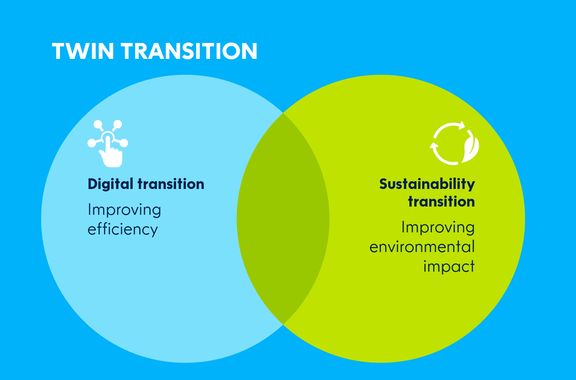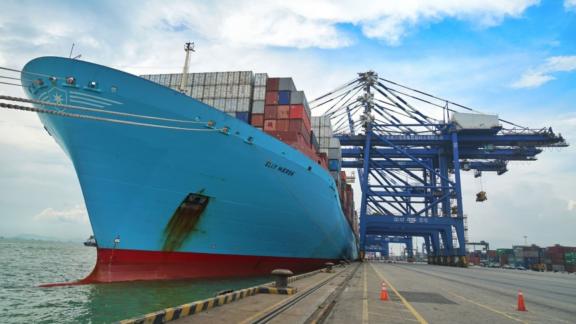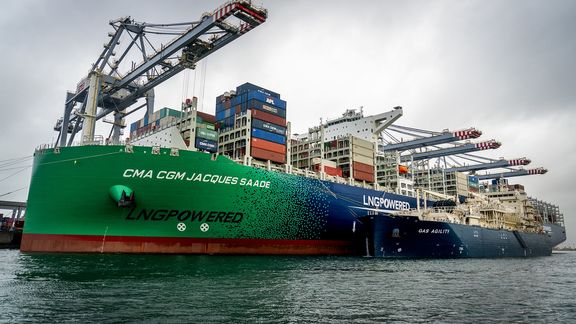Green and digital corridors
Sustainable transport is one of the most serious and important challenges on the way to a carbon-neutral society. The application of new fuels requires significant changes in the global supply chain.
Rotterdam is therefore setting up international collaborations for the deployment of sustainable fuels on specific routes: green corridors. In doing so, it is our conviction that sustainability and digitalisation go hand in hand and reinforce each other.
Fuel challenges in shipping
Seagoing vessels travel thousands of kilometres with millions of kilograms of cargo. That requires a huge amount of energy, which currently comes from fossil fuels. There are several sustainable alternatives, each with its own advantages and disadvantages. For example, the energy density of other fuels is often lower, requiring additional bunkering (refuelling) facilities en route. Also, new fuels such as green methanol are not yet always available everywhere. This uncertainty sometimes makes shipping reluctant to invest in new engines and technologies.

Fast forward with digitalisation
Digitalisation can already improve the efficiency and sustainability of shipping in the short term. Therefore, in addition to the fuel shift, we are also committed to better digital collaborations on the corridors.

Focus on two areas
- Port call optimisation is about making port calls as efficient as possible. For example, container ships can reduce their CO2 emissions by 14% on average if they utilise just-in-time (jit) sailing.
- Digital trade is about reducing and eventually eliminating paper documents throughout the supply chain in order to become truly data driven. This not only enables smooth operations and movement of goods, it also provides insights into the current carbon footprint and ways to significantly reduce it.
Green corridors help the sector move forward
The transition can only be successful if partners in the international chain work together. Therefore, the Port Authority is orchestrating broad coalitions in setting up 'Green & Digital Corridors' to achieve CO2-neutral and digital supply chains on specific routes together with other ports and significant stakeholders.
For example, fuel suppliers, ports and shipping companies are brought together to ensure that the right technology, fuel, bunkering options, data and insights are available on a specific route.
The green corridors

European network of green corridors
Green and digital corridor Rotterdam - Singapore
